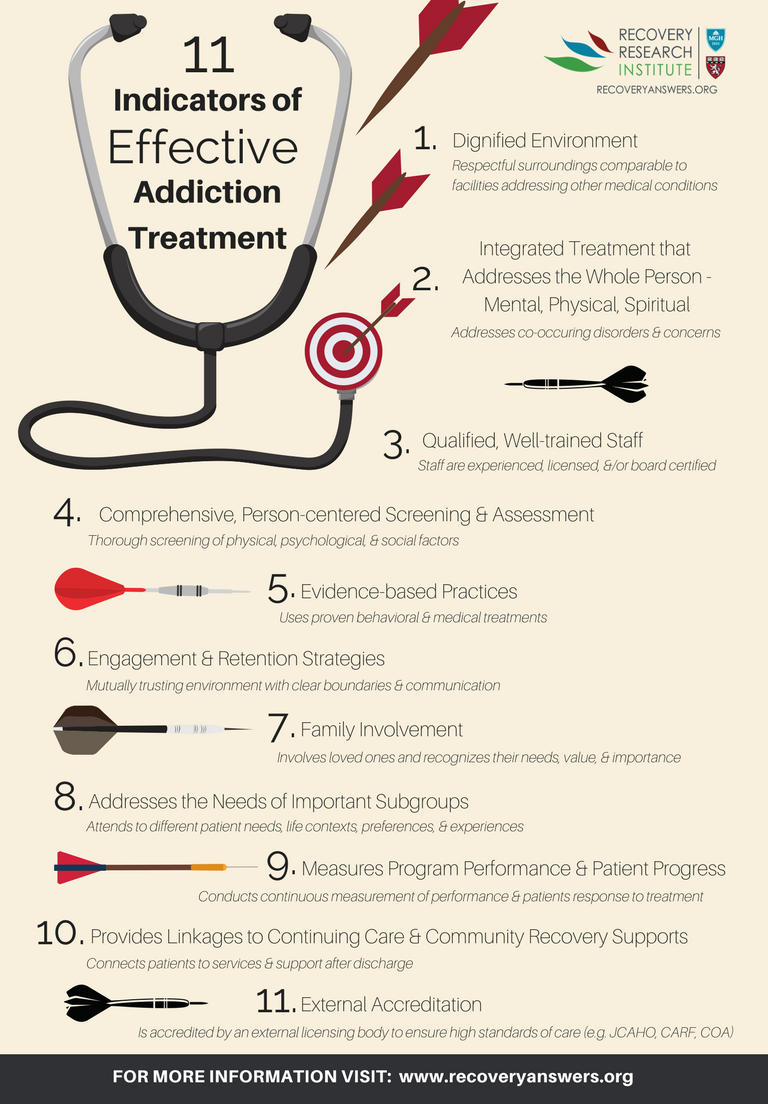While it is very important to keep a written summary, not every element of a plan can be taken into composing. At numerous points during a session, a therapist is preparing what to say next, with aims to offer choices to the client wherever therapeutically practical so that the customer will be empowered by the act of choosing in the interest of healing modification.
As soon as the client has actually agreed to participate in preparation, therapists then ask if the client has concerns or problems on which the strategy can focus. If the customer discusses more than one, the therapist keeps in mind each one and asks the customer to prioritize them. Starting with the client's definition of the problem, even if the customer sees the issue outside the domain of compound use, employs the customer's involvement in planning.
( To establish connection, the therapist is encouraged to listen carefully and empathically prior to the therapist starts composing.) Then therapists can repeat to their customers what they wrote, asking if the written statement captures the Mental Health Delray client's issue, and revising the wording if required according to the customer's recommendations. When a customer is unclear, verbose, or uncertain in explaining an issue, it is crucial for the therapist to negotiate and help fine-tune the phrasing of the problem statement into one the client will back.
The therapist then asks the client's factor for pertaining to therapy, bewaring not to imply that the therapist concurs the client has no excellent reason to be present. In action, clients referred for substance usage screening or therapy often reveal or reiterate external pressures put on them to participate in.

How Many People Go To Video Game Addiction Treatment Centers - The Facts

Such clients might state they don't see their compound usage as a problem even though somebody else says it is - where to get treatment in uk for drug addiction. The therapist can reframe this encumbrance as the customer's problem to be resolved. For instance: To elicit involvement from a client who feels persuaded into therapy, the therapist's message is, "Well, as long as you need to be here, exists anything you and I could discuss or sort through that would be worth your time?" Once the therapist has a firm conception of the customer's definition of a problem and a sense of the client's motivation to deal with it, the therapist focuses on articulating appropriate objectives and matching objectives, which can be described as actions toward an objective.
At the outset of preparation treatment, the customer might report lots of difficulties, a little number, or none at all. The therapist fine-tunes the focus by helping the customer pick a practical variety of concerns to target. For customers with clear ideas about personal objectives and concerns, this part is easy.
The therapist can acknowledge the legitimacy of all the customer's expressed issues and still motivate sharpening the focus of the treatment strategy. When clients reject any problem or can not think of a particular one, the therapist can develop momentum by showing one complaint the customer has actually discussed already even if the customer did not identify it as a focus for treatment.
The therapist who reacts, "You're informing me the primary thing you desire out of coming here is to get out of difficulty by pleasing the judge's order that you get therapy. I 'd say that's something we can work on together," will often obtain the client's determination to continue the discussion.
The Of What Is The First Step? Quizlet
A sample plan composed to show such a discussion in between a court mandated customer and his new therapist exists in Table 1. Table 1. Preliminary Treatment Strategy for Cody, Client Diagnosed with Alcohol Use Condition Evaluated in Precontemplation Phase of Preparedness for Change Issue: Cody has actually been purchased by Judge Carson to finish 25 hours of alcohol treatment subsequent to Cody's arrest for driving under the influence of alcohol.
Objective: To please the judge's order so that present legal troubles can be resolved. Goal: Clarify all tasks that will need to be https://postheaven.net/machilxgec/continuing-to-utilize-even-when-you-understand-you-have-a-physical-or finished to meet the commitments of the judge's order. Method: Bring copy of court order document to next session Drug Rehab Delray with the therapist. Approach: Go over choices and priorities in next session. how to get homeless son meth addiction treatment in california.
Goal: To avoid comparable difficulties in the future. Goal: Identify any lessons found out from present circumstance. Method: evaluate the scenarios leading up to, during, and after the DUI incident. Method: Discuss actions client can require to prevent comparable circumstances from recurring When clients feel they share agreement on goals with their therapists those objectives established through active partnership treatment dyads might get rather particular in their treatment plans.
Clients may consent to homework projects like keeping records, completing surveys, attempting out brand-new habits, composing journals, or checking out other expressive channels like art or music or poetry. And if they reveal apprehension at the word "research," another detailed term can be worked out to refer to activities the client engages in between sessions to continue approaching therapy objectives.
Top Guidelines Of Peer-review Articles On How To Create Personal Model For Addiction Treatment
The literature shows increasing empirical support for personalized treatments rather than only standardized treatment using manuals. This is constant with enduring require tailoring psychological health counseling and therapy to each individual within their cultural and ecological spheres. From this perspective, specialists may create treatment plans by sharing hypotheses with customers about what functions their troublesome signs serve, as well as what it would take to alter those patterns of cognition, feeling, and action.
As Langkaas, Wampold, & Hoffart (2018) among others have actually kept in mind, efficient professionals monitor identified signs of client change and treatment progress gradually to help decide when to continue with a prepared course of intervention, when to customize the intervention method, and when to cease an intervention. An appealing method is explained by Mumma, Marshall, and Mauer (2018 ).
In addition, they recommend developing a special procedure relevant to the specific customer for the client to finish on a regular basis in time to track reactions to treatment. The personalized procedure would preferably consist of some basic and some person-specific products across different domains of expression, and the content, frequency, and period of each evaluation episode might be determined in the collaborative discussions associated with establishing this kind of treatment plan.
Oftentimes, nevertheless, clients might not see the significance of setting objectives and hypotheses, might decline to accept or complete research, and might not react best regards or at all to repeated steps about elements of treatment. In such treatment preparation scenarios, the therapist can utilize versatile responding and motivational speaking with to deal with uncertainty and resistance that understandably occur over a course of treatment, and hopefully develop to a collective interaction in time.
How To Find Suboxone Treatment For Opiod Addiction Can Be Fun For Everyone
They might be vague or unsure about planning treatment if they have come at the urging or requirement of somebody else. Even if encouraged throughout sessions, in between sessions clients discover that other urges and cravings take on working on treatment goals. Thus, it is important for professionals counseling clients who exhibit problems with alcohol or other substance abuse to learn how to efficiently work with customer resistance to treatment planning.